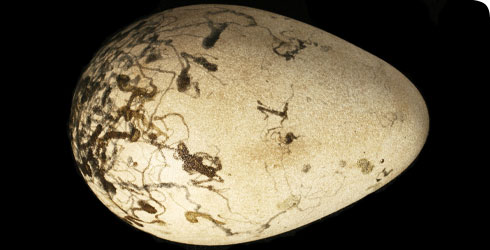Extinction
Hunting
Hunting was responsible for the decline and eventual extinction of the great auk
Archaeological evidence indicates that great auks have been hunted by humans since prehistoric times.
The oldest archaeological record of great auk hunting is from 500 years ago, in Boxgrove, southern England.
The Newfoundland population of great auks was an important source of meat and oil for European fishermen and whalers until much more recently.
The last great auk hunt took place on 3rd June 1844, on Eldey Island off southwestern Iceland, when a breeding pair was thoughtlessly slaughtered.
There is some evidence that a few birds survived after this date, but not all of these sightings are reliable.
The birds were also hunted for their feathers. In 1775 Newfoundland unsuccessfully petitioned Britain to stop the massacre of sea birds. Ironically, as numbers declined, the great auk became more desirable to museums and specimen collectors.
